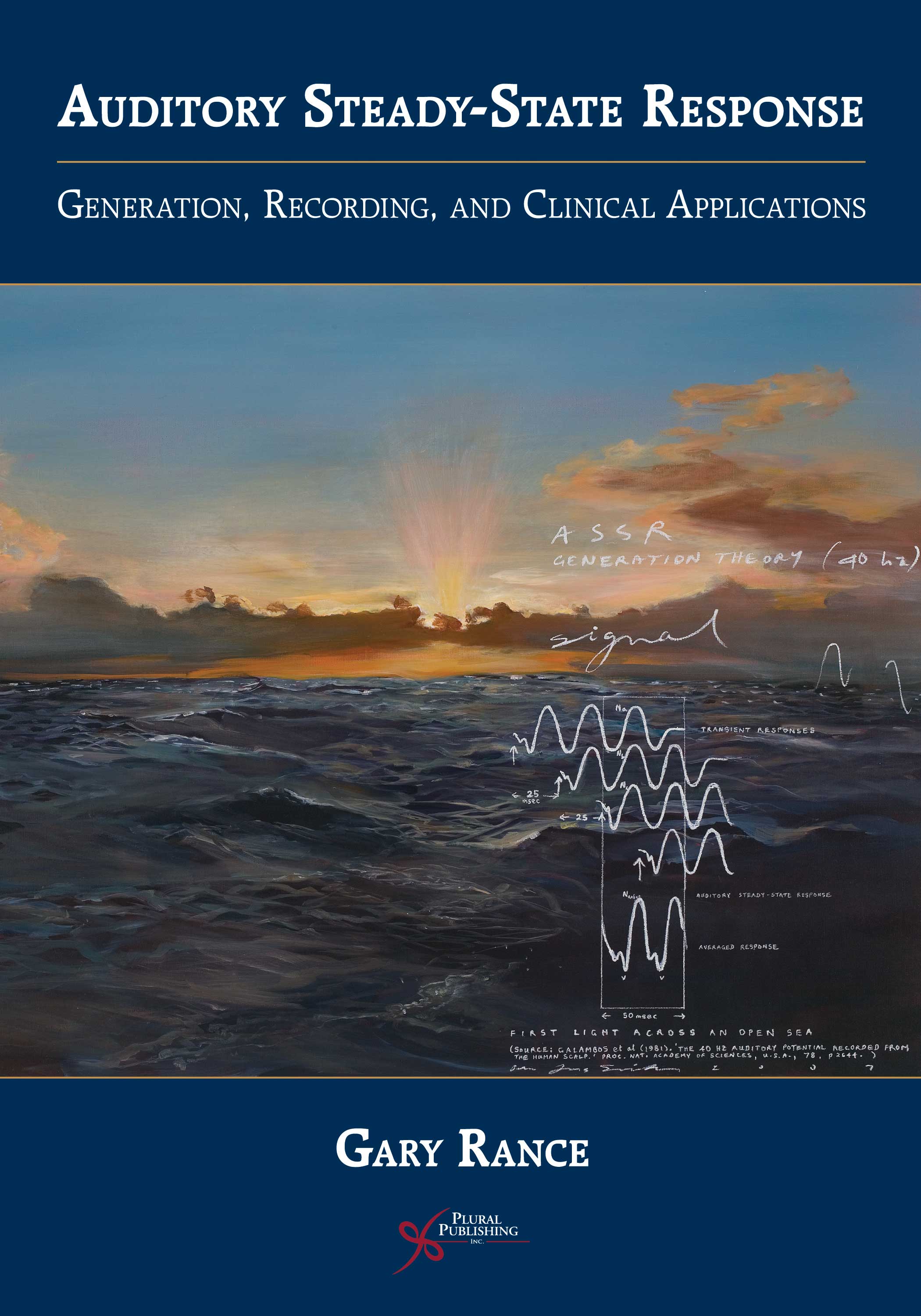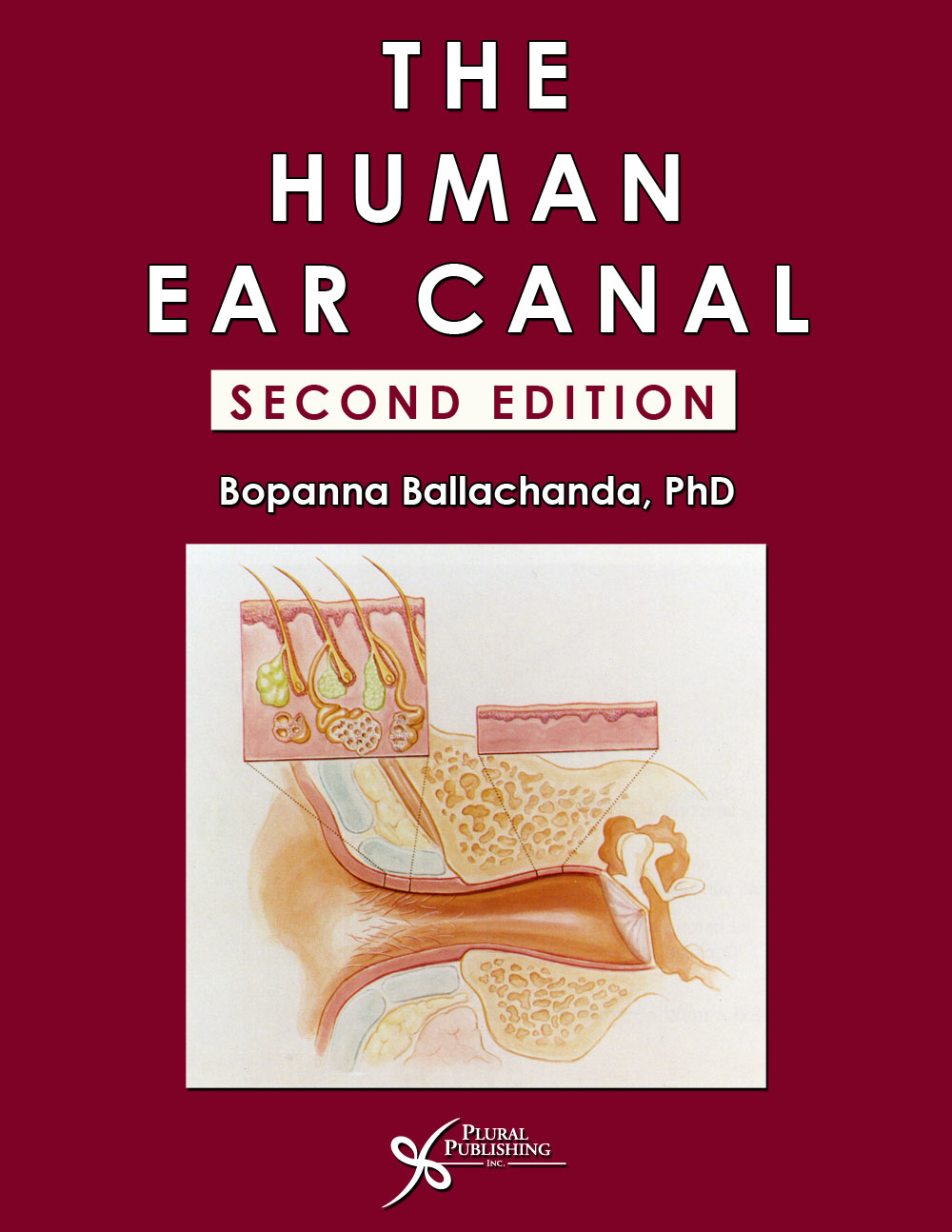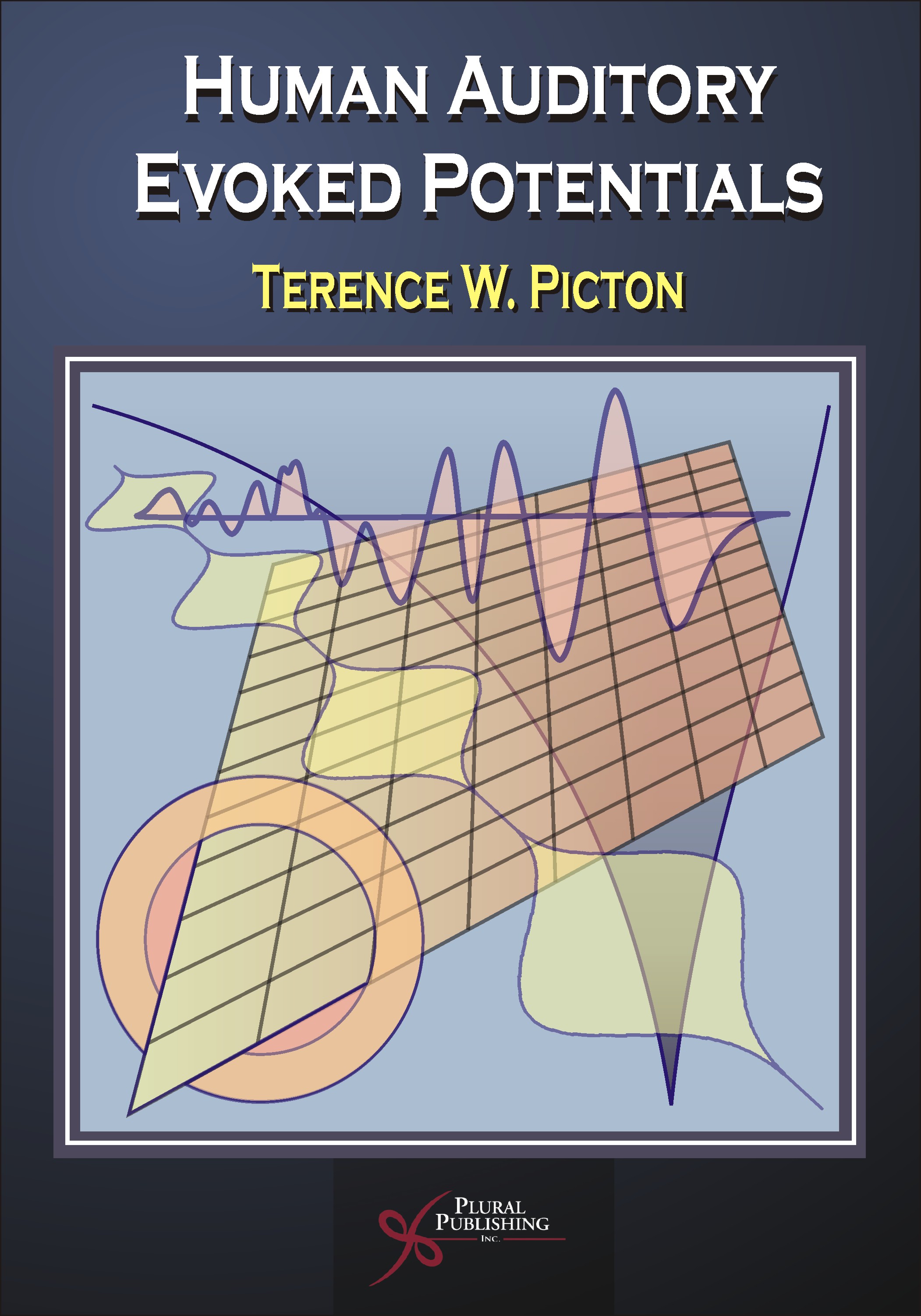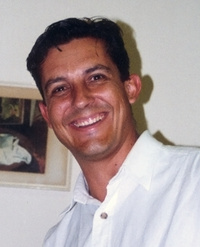
Auditory Steady-State Response: Generation, Recording, and Clinical Application
First Edition
Gary Rance
Details: 335 pages, 2-Color, Hardcover, 7" x 10"
ISBN13: 978-1-59756-161-7
© 2008 | Available
Purchase
Written for auditory clinicians and researchers alike, this is the first monograph on this important area of auditory science that traces the international research effort from its origins in the 1970s to the present day. Comprising contributions from experts in a range of disciplines including auditory physiology, engineering, medicine and audiology, the book presents comprehensive and authoritative coverage of the generation and recording of the ASSR and the clinical applications of the response.
Reviews
"Overall, the authors succeed in providing an excellent foundation for clinicians and sudents interested in learning more about ASSR."
—Ryan McCreery, MS (Boys Town National Research Hospital), Doody's Review Service (2009)
"The chapter on technical principles of ASSRs is a thorough review of the methodology of stimulus modulation and response analysis. ... The authors did a very good job of addressing a wide variety of reader backgrounds ... A must for anyone using or intending to use ASSRs in research or clinical applications."
—Hillel Pratt, PhD (Israel Institute of Technology) (2009)
"There are a number of chapters on the topic of ASSR to be found in differnt books, however considering the amount of research and clinical interest in this technique, an entire book dedicated to the ASSR is well overdue. The [book] by Gary Rance did not disappoint."
—Dr. Siobhan Brennan, ENT & Audiology News (2009)
"The book is well illustrated [and] will serve as a useful reference both for practicing clinicians as well as students of audiology interested in ASSRs."
—Satyendra Kumar, AuD, Optometry Today (2009)
- Foreword by James W. Hall III, PhD
- Preface
- Acknowledgments
- Contributors
- Chapter One: Auditory Steady-State Responses: From the Beginning, Field W. Richards
- Chapter Two: Introduction to Technical Principles of Auditory Steady-State Response Testing, M. Sasha John and David W. Purcell
- Chapter Three: The Stimulus-Response Relationship in Auditory Steady-State Response Testing, David W. Purcell and Hilmi R. Dajani
- Chapter Four: Neural Generators of Auditory Steady-State Responses, Andrew Dimitrijevic and Bernhard Ross
- Chapter Five: Subject Variables in Auditory Steady-State Responses: State, Anesthesia, Age, and Attention, Barbara Cone-Wesson
- Chapter Six: Clinical Application of Auditory Steady-State Responses, Gary Rance and Barbara Cone-Wesson
- Chapter Seven: Behavioral Threshold Estimation for Auditory Steady-State Response Testing, Kathy Vander Werff, Tiffany Johnson, and Carolyn Brown
- Chapter Eight: The 80-Hz Auditory Steady-State Response Compared with Other Auditory Evoked Potentials, David R. Stapells
- Chapter Nine: Auditory Steady-State Responses in Neonates and Infants, Gary Rance
- Chapter Ten: Auditory Steady-State Responses and Hearing Screening Guillermo Savio and Maria Cecilia Perez-Abalo
- Chapter Eleven: Bone Conduction Auditory Steady-State Responses, Susan Small and David Stapells
- Chapter Twelve Auditory Steady-State Responses and Suprathreshold Tests of Auditory Ability, Andrew Dimitrijevic and Barbara Cone-Wesson
- Chapter Thirteen: Auditory Steady-State Responses and Hearing Device Fitting
- Part A: The Role of Auditory Steady-State Responses in Fitting Hearing Aids, Franz Zenker-Castro and José Juan Barajas de Prat
- Part B: Fitting Cochlear Implants Using Electrically-Evoked Auditory Steady-State Responses, Barbara Cone-Wesson
- Chapter Fourteen: Case Studies in Application of Auditory Steady-State Response Testing, Gary Rance, Heleen Luts, and Anna Van Maanen
- Chapter Fifteen: Summary and Future Directions, Gary Rance and Sasha John
- Appendix
- Index

The Human Ear Canal
Second Edition
Bopanna B. Ballachanda
Details: 240 pages, Full Color, Hardcover, 7" x 10"
ISBN13: 978-1-59756-413-7
© 2013 | Available

Human Auditory Evoked Potentials
First Edition
Terry Picton
Details: 648 pages, B&W, Hardcover, 7" x 10"
ISBN13: 978-1-59756-362-8
© 2011 | Available

